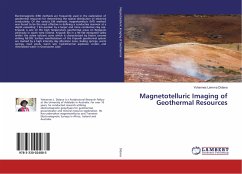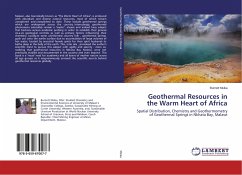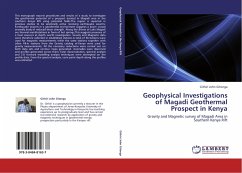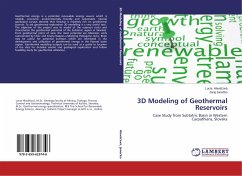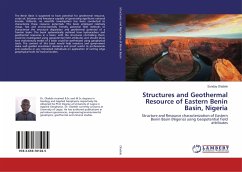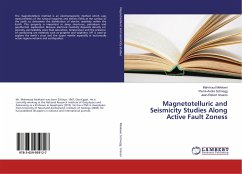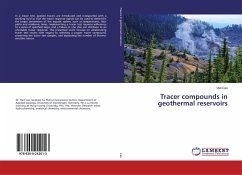Electromagnetic (EM) methods are frequently used in the exploration of geothermal resources for determining the spatial distribution of electrical conductivity. Of the various EM methods, magnetotelluric (MT) method was found to be the most effective in defining a conductive reservoir at a depth exceeding 1 km overlain by a larger and more conductive clay cap. Krýsuvík is one of the high temperature geothermal areas on Reykjanes peninsula in south west Iceland. Krýsuvík lies in a NE-SW elongated valley within the active volcanic zone which is characterized by fissure swarms striking NE-SW. Surface manifestations of the Krýsuvík geothermal system are marked by a high intensity clay alteration zone, boiling springs, warm springs, mud pools, warm soil, hydrothermal explosion craters and mineralized water in Graenavatn Lake.

